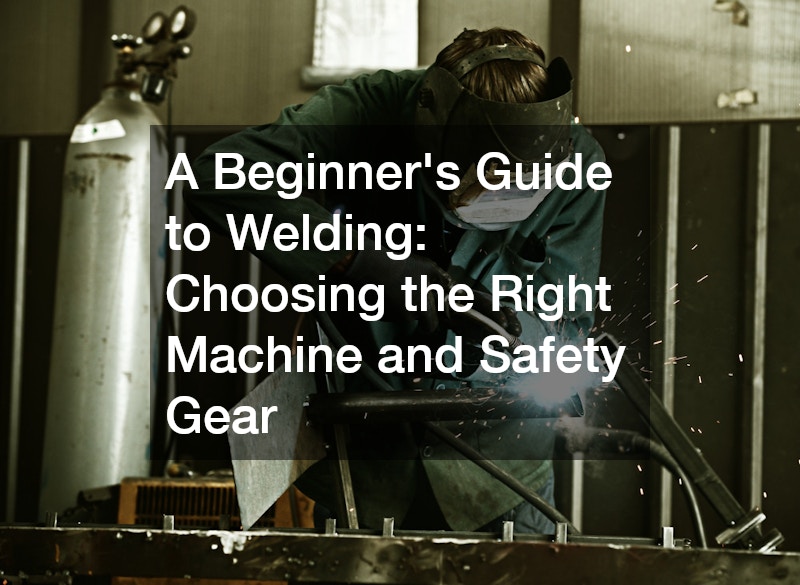
Entering the world of welding can be overwhelming, especially when faced with shops packed to the brim with specialized equipment. However, the essentials for starting your welding journey are simpler than they might seem. With the right machine and safety gear, you can tackle most projects with confidence. Here’s a guide to help you choose the right welding machine and essential safety gear.
Choosing the Right Welding Machine
Angle Grinder: The angle grinder is the most versatile metalworking tool and a must-have for any welder. The most common size is four and a half inches, with paddle triggers being a favorite due to their ease of use.
Various attachments, such as cut-off wheels, grinding wheels, flap wheels, and wire wheels, expand its functionality.
Welding Machines:
1. Stick Welding: Ideal for steel over 1/8 inch thick, stick welding is simple and cost-effective. It has a medium learning curve but is great for heavy-duty projects.
2. MIG Welding: Perfect for makers and automotive enthusiasts, MIG welding is the easiest to learn and can produce clean welds on thin or thick steel. It requires a cylinder of shielding gas, adding to the cost.
3. Flux-Cored Welding: Similar to MIG but without the need for shielding gas. It produces a slag coating and more spatter but is suitable for outdoor work.
4. TIG Welding: The most versatile option, capable of welding various metals and thicknesses with precision. It’s commonly used in high-end automotive and aerospace fabrication.
Multi-Process Machines: These machines combine MIG, TIG, stick, and flux-cored welding in one package. While convenient, they require separate shielding gas for MIG and TIG processes and may have limited TIG functionality compared to dedicated machines.
Essential Safety Gear
Welding Hood/Helmet: An auto-darkening welding helmet is recommended for its convenience and dual functionality as a full-face shield for grinding.
Gloves and Jacket: Wear gloves suitable for your welding process and consider a welding jacket to protect against sparks and heat.
Safety Glasses and Ear Plugs: Protect your eyes and ears during cutting and grinding. Safety glasses and earplugs are non-negotiable essentials.
Respirator: Depending on your ventilation and the materials you’re working with, a respirator may be necessary. Compact models fit comfortably under welding hoods.
Useful Accessories
As you advance, consider investing in additional accessories like clamps, welding tables, and cutting tools. Clamps, such as locking plier style C-clamps and F-style bar clamps, help secure your workpieces. A portable welding table can significantly improve your workflow. While an angle grinder can handle most cutting tasks, a chop saw or bandsaw can be a time-saving investment.
Don’t forget the small but crucial items like electrodes, filler wire, and weld brush supplies. These will help ensure clean, strong welds and keep your equipment in top condition.
Conclusion
Starting with the right tools and safety gear can make your welding journey smoother and more enjoyable. Focus on the essentials, prioritize safety, and gradually expand your toolkit as you gain experience. Happy welding!
.
